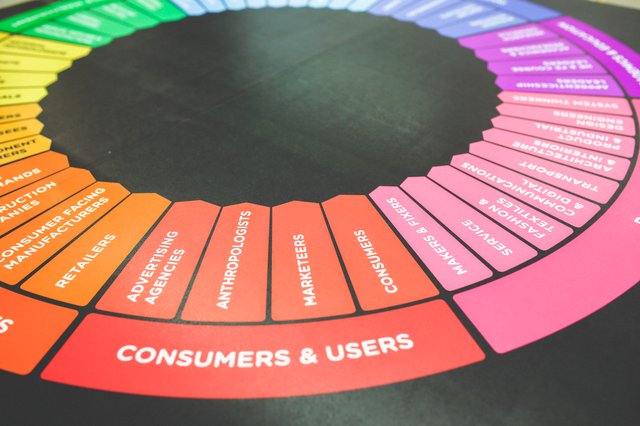Digital Marketing Trends To Look Out For In A Post-COVID World
2020 has definitely been a year of significant disruptions – from how we interact with each other, to how we work. Consumers have had to adapt quite quickly (particularly late bloomers) to spending more time online.
Whether it’s working remotely or staying connected with loved ones, many facets of everyday life have irrevocably changed. It’s no longer a case of returning to normal, but more the anticipation of the ‘new normal’ and what that looks like.
As the pandemic continues, with 2nd and 3rd waves happening across the world, it poses the question: what will the world look like post-COVID-19? From a digital perspective, we have already seen trends appear that were seen as ‘temporary’ during the earlier days of the pandemic (cue the team Zoom call), however these trends have remained and have proven their longevity in our changing landscape.
Which trends will continue to evolve and become mainstays? Here is our list of emerging trends in digital marketing to look out for:
Targeted messaging is more important than ever
The pandemic has forced many brands to re-evaluate how they approach digital marketing, including how they engage customers, both existing and prospective.
Days are gone of blanket messaging where one-size-fits-all. Brands need to tap into their audiences and use insights to create more targeted messaging to either create an affinity with new customers, or to build a strong relationship with existing customers. Targeted messaging aims to place the user centre-stage. It finds ways to appeal, attract, engage and keep them coming back.
Segmentation is imperative for delivering key messages to the people on your list, based on their interests, habits and where they sit on their customer journey – if they’re too green, certain messaging can be almost intimidating, and deliver a message too late means you’ve missed the mark, meaning your message could be falling on deaf ears.

Online advertising is on the rise
Initially, online advertisers were cautious to spend money promoting their services online in fear of low sentiment and minimal spending, however this is not the case.
As more people are working remotely and travelling less, spend on outdoor advertising has dropped, with billboards and other advertising no longer having the same impact as it once did. Previously, a single person could be exposed to up to 5,000 advertisements in a day, from looking at their social media feeds, reading news articles, to travelling to and from the office. Now this battle is fought online, with brands vying for brand recognition on third party sites, social media and even on apps.
Again, understanding your target audience is key. Like-audiences on social media allows you to tap into new audiences based on the habits of your existing one. Budgets create their own limitations, but spending budget unwisely when you don’t know where to spend it means your message is being spread too far and too thin, ultimately not reaching qualified leads.
Value is greater than ever, even in times of crisis
More so than ever, we’re seeing that consumers are becoming a lot savvier and that bargain basement deals hold less importance. People are choosing value vs paying lower prices, even when there is a lot of uncertainty.
There were various scams on faulty and low-grade masks, which made people wary of buying masks that were too cheap. So, they favoured buying higher-priced ones for better quality.
This also goes for content – if you’re creating content with no true value, your audience will switch off or go to another source. However, creating a strategy towards brand awareness and developing trust has become even more valuable in the time of fake news and misinformation. Undertaking this also shows your expertise and can endear your customers to remain loyal, as they will perceive you as a reputable go-to resource.
Brands have now realised there are new ways to operate their businesses
The pandemic has and will continue to change the ways that many businesses operate. Many of us have worked from home, which has proven to many businesses that a traditional office setting isn’t life-or-death for productivity and getting the job done.
Forward-thinking industries have leaned on technology, specifically current communication trends in order to connect with their customers. Instead of dictating how to get in touch, brands and industries have listened to where their audiences are and have created profiles on various platforms for easier ways to get in touch¬Ý ‚Äì from doctors taking virtual appointments via Zoom, to health funds taking enquiries via Whatsapp, adaptability is imperative to survival.
As per the saying “Necessity is the mother of invention”, brands are adapting and evolving to connect with and engage their consumers in new ways. Keeping your finger on the pulse and actually listening to consumers will provide you with a solid pipeline for new and return business in any situation (including a pandemic).
By Agent Raymond

Agent99 is an award-winning Sydney-based agency, specialising in PR and communications. For more information about our services, including recommendations for SEO partnerships, contact us at info@agent99pr.com.
Further reading:
Website Optimisation Hacks to Ensure a Seamless User Experience
Social Media – Common Mistakes Organisations Make
